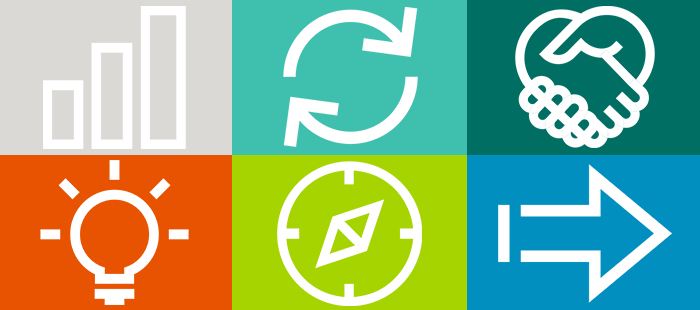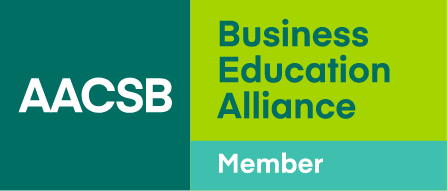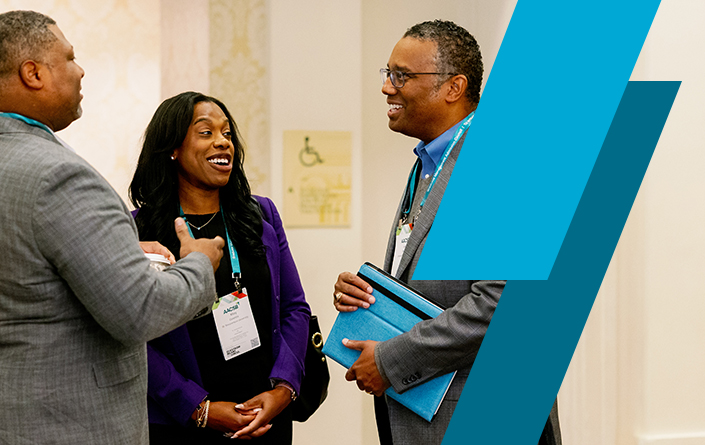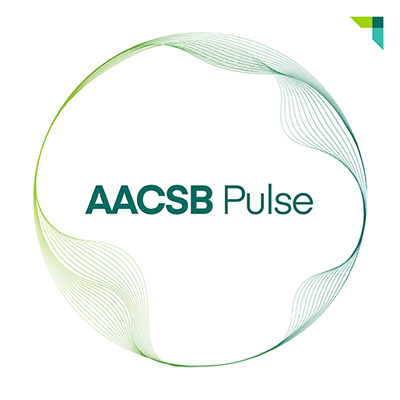NFTs, the Metaverse, and Business Education
- Non-fungible tokens (NFTs) are a way to prove that one is the rightful owner of digital content. In buying an NFT, one purchases rights to a community and exclusive future events.
- Decentralized autonomous organizations (DAOs) are groups of people who come together to complete a particular objective, and everyone in the DAO has shared ownership of it.
- Web 3.0, and specifically the metaverse, presents an opportunity to make education more equitable by expanding reach and allowing individuals access to courses and experiences that otherwise would have been unattainable.
Transcript
[0:00] [music]
Beau Brannan: [0:00] An NFT stands for a non‑fungible token. The key word there is fungible. Something that is interchangeable. A very simple example of this is if you gave me a 10-dollar bill and I gave you two fives, that's interchangeable. There's nothing inherently special about it. It's the same value.
[0:36] Non‑fungible is something that's not interchangeable. The famous example people use is the Mona Lisa. I can right-click, copy an image off of Google Images, I could buy a poster, I could have a copy, I could print one out, I can screenshot it, but I don't actually own the Mona Lisa.
[0:58] The Mona Lisa is not interchangeable. You can't swap it out with a Picasso, a Caravaggio, or anything like that. That's what makes something non‑fungible. As it pertains to the digital world, this is a way using blockchain technology to assign that you are the rightful owner of a link or an item.
[With] a lot of these NFT projects, you're buying into a community. You're buying into utility. You're buying into a roadmap.
[1:24] Early on, these are images that you are the rightful owner of. What comes from that is access, in many cases. Sometimes it's just the artwork itself that you're buying. A lot of these NFT projects, you're buying into a community. You're buying into utility. You're buying into a roadmap, which is essentially a business plan of, "Hey, here's what we plan to do."
[1:47] If you invest in this, it gives you access to opportunities. It's going to give you access to future events. It's going to give you access to future drops or items. There's this excitement that you're buying into a vision. You're buying into a plan.
[2:05] It gets even more interesting when you have these NFTs that bring you into these communities, these DAOs, which are decentralized autonomous organizations. These are groups of people that come together and they have a particular mission.
[2:19] There was one group that wanted to come together and buy a copy of the Constitution. It was up for auction. They're just regular people, like you and me, came together to crowdfund this money. They would all have partial ownership.
[2:34] There's another one called LinksDAO, where people are coming together. They want to collectively buy a golf course together. They would have shared ownership in that. That's the key underlying aspect of this whole Web3 world, is this ownership.
This is an opportunity for education to perhaps be more equitable.
[2:50] That's the key aspect of ownership of parts of the Internet moving away from platforms, moving away from centralized companies and servers, to, "Hey, let's collectively do cool stuff together. Let's collectively own things together." That's the background of this world.
[3:10] This is an opportunity for education to perhaps be more equitable, where someone who maybe doesn't have access to higher‑end or higher ed education, they have an opportunity to still, because they're connected to the Internet, have access to incredible courses and experiences.
[3:26] How do we mark, measure, demonstrate, show that? How do they have an opportunity to put their best foot forward, like, "Hey, I understand this. I know this"? With this technology, with NFTs, this is a way to show and demonstrate that.
[3:40] I've just been playing around with this and testing it with my own students, where for completing a course, I would issue them an NFT. They would issue me one for teaching the course. There's a community aspect to it.
Business education has this opportunity to think about, how do we lead this generation? How do we think about management a little bit differently?
[3:52] As a result of that, it's opened up a lot of thinking about Web 3 in general. Web 3 being this catch‑all term to describe aspects of the metaverse. NFTs, DAOs, all sorts of different aspects. We have an entire generation that is so comfortable in an online digital world. They're comfortable communicating, building together, and solving problems.
[4:20] Business education has this opportunity to think about, how do we lead this generation? How do we think about management a little bit differently? Also, because this technology is so early and so new, there's also an opportunity in business education to shape the direction that this takes, that we can be intentional about how we want this technology to be used going forward.
[4:42] [music]






